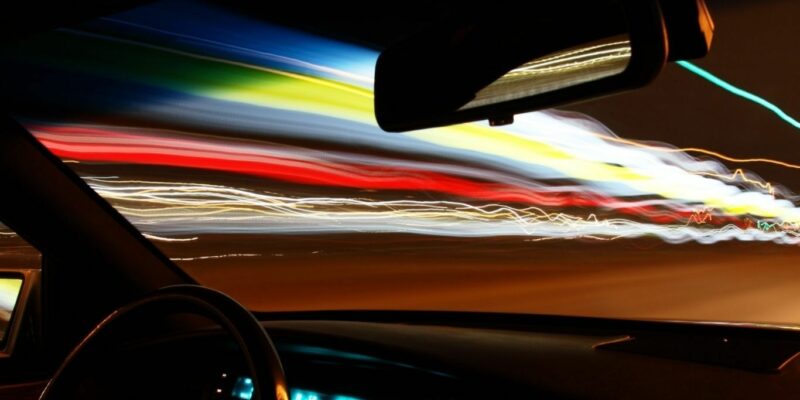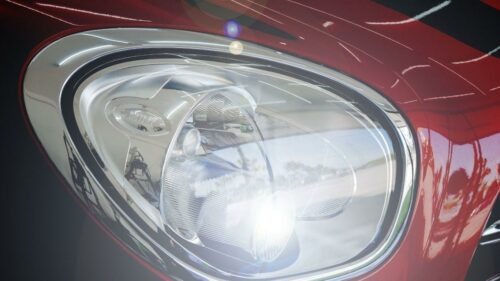
Driving at night can pose problems for many drivers, who find it disorientating. Your vision is significantly reduced in the dark (even when using your headlights) and things can look a bit blurry, which is one reason why a big proportion of road traffic accidents take place in the dark. Driving late at night or in the early hours of the morning means that your natural alertness is its lowest, and this can make driving at night even more dangerous.
Drive Carefully
As driving in the dark carries more risks than driving in daylight, you should always maintain a sensible speed, preferably below the speed limit.
Keep an eye out for pedestrians, cyclists, motorcyclists, horse riders and drivers of mobility equipment, who may also be using the road. They are more difficult to see in the dark, especially if they are not wearing reflective clothing.
Use your Headlights
It's important to switch on your headlights when driving in the dark. This applies to driving when poor visibility, as well as driving at night. In the dark, your vision will be far more restricted than during the day. This makes it more difficult to spot hazards. Using your headlights allows you to see more of the road ahead, as well as alerting other drivers of your presence.

Parking
When parking at night, you shouldn't park your vehicle so that it is facing away from oncoming traffic. The exception to this rule is if you are parked in a recognised parking bay at the side of the road. It is harder for traffic to see your parked vehicle in the dark. Because of this, you should always display your parking lights when parked on a road or lay-by where the speed limit is above 30 miles per hour.
On roads where the speed limit is 30 miles per hour or less, you are not required to display your parking lights if your vehicle is parked at least ten metres away from a junction, near to the kerb, and facing oncoming traffic. If you are parked in a recognised parking bay or lay-by, you don't need to display your parking lights. These rules apply to cars, goods vehicles that aren't carrying more than 1525 kg of goods, invalid carriages and motorcycles. All other vehicles must display lights at all times when parked at night.
Dipped Beams
When driving through urban areas in the dark, switch to a dipped beam, as this is less likely to temporarily 'dazzle' other road users. When driving in more quiet areas, you can revert back to a full beam. When traffic comes towards you though, it's safer to switch to a dipped beam to avoid dazzling them.
If you find yourself temporarily dazzled, you should reduce your speed for a while afterwards until the effects wear off. If your vision is severely affected (to the point at which you cannot clearly see the road ahead), you should find a safe place to pull over until it is safe to start driving again.
Disclaimer: The information in the article is for general purpose information only and should not be constituted as legal advice. This article has been produced by a third party and Jardine Motors does not take any responsibility for the completeness, accuracy, or reliability with respect to the website or the information provided. Article last updated March 2016.



